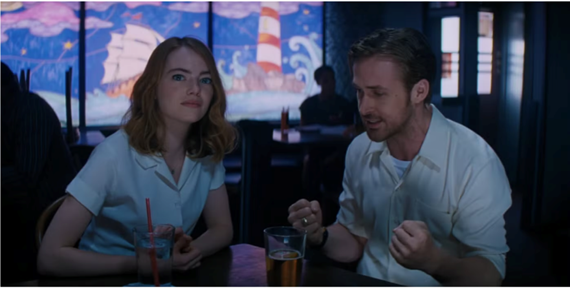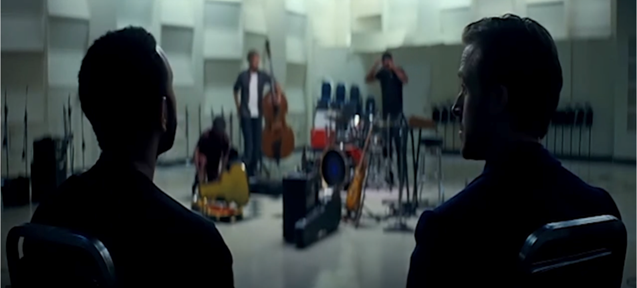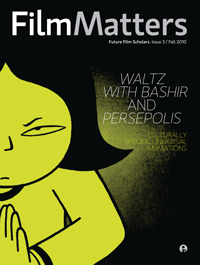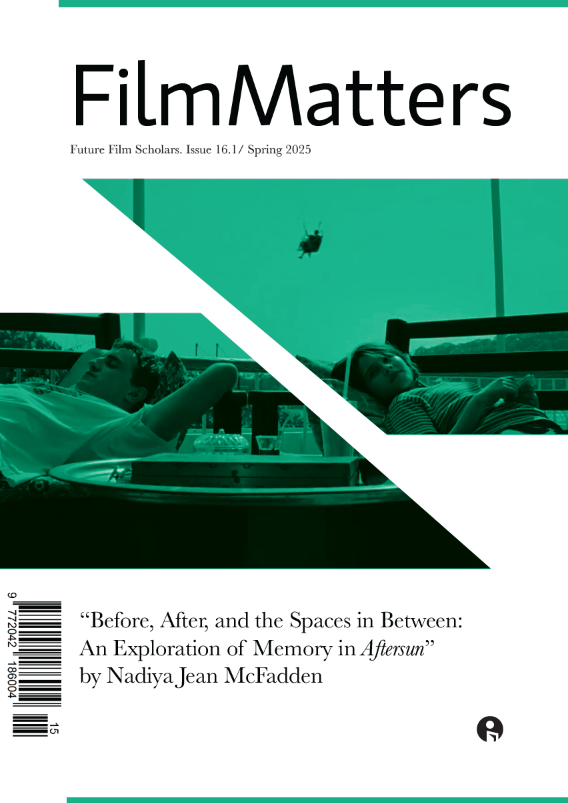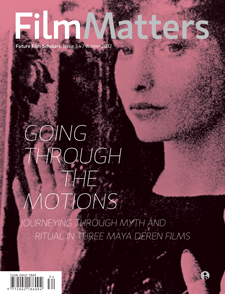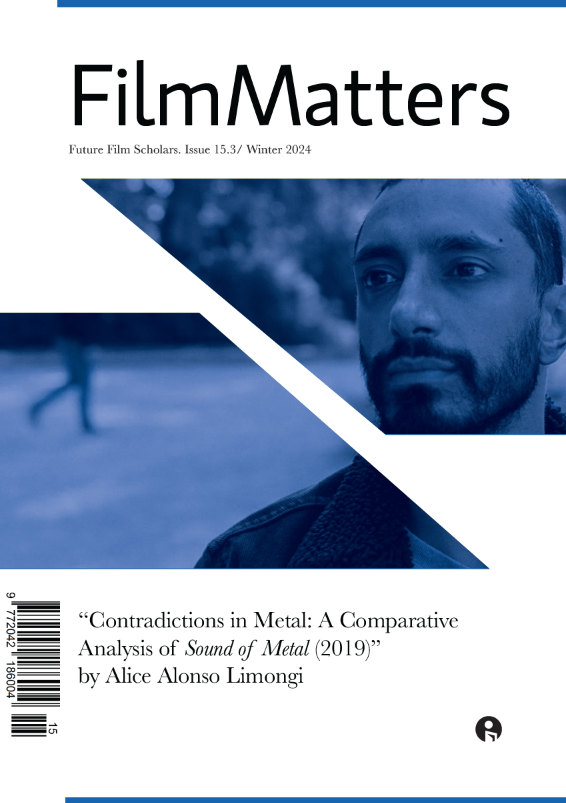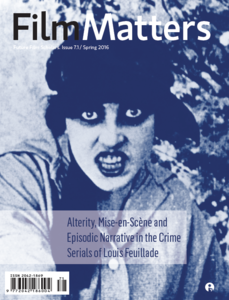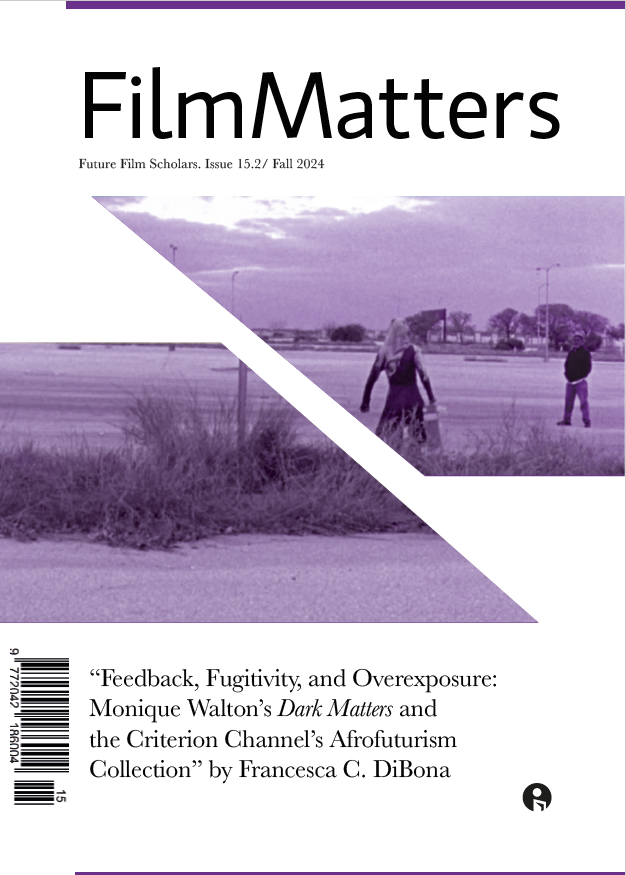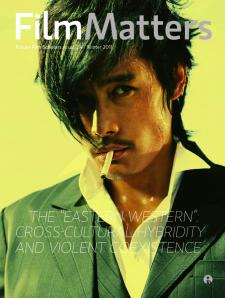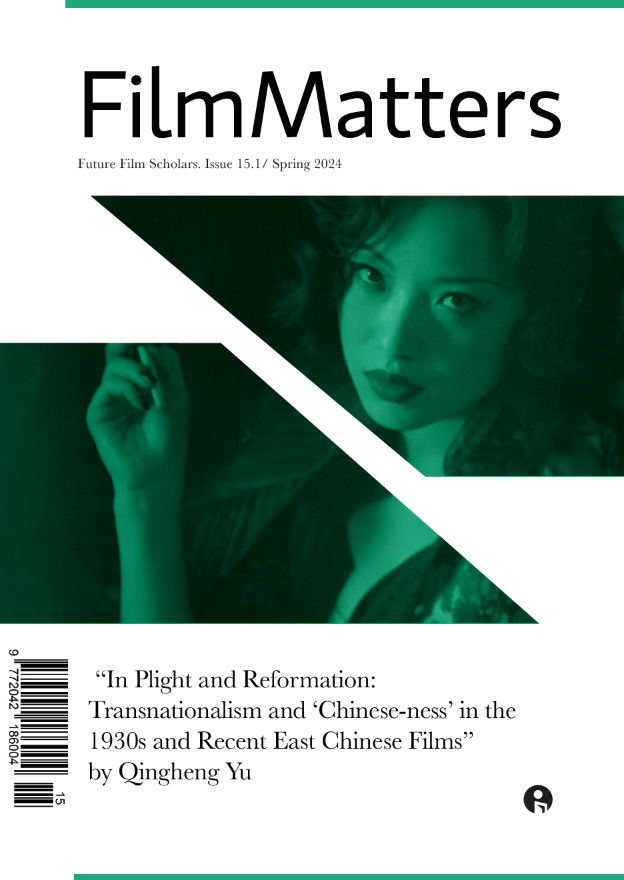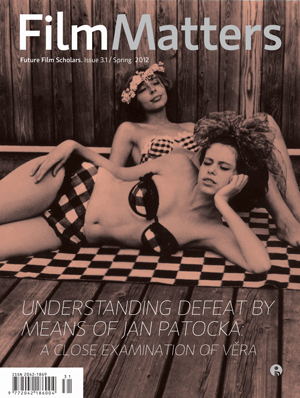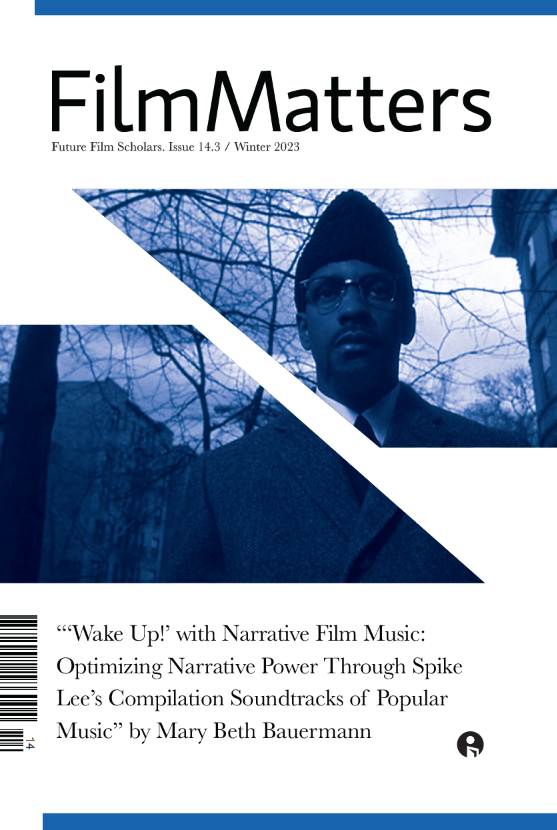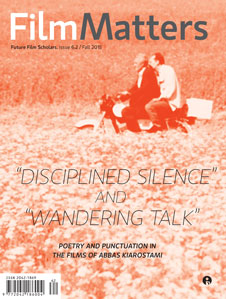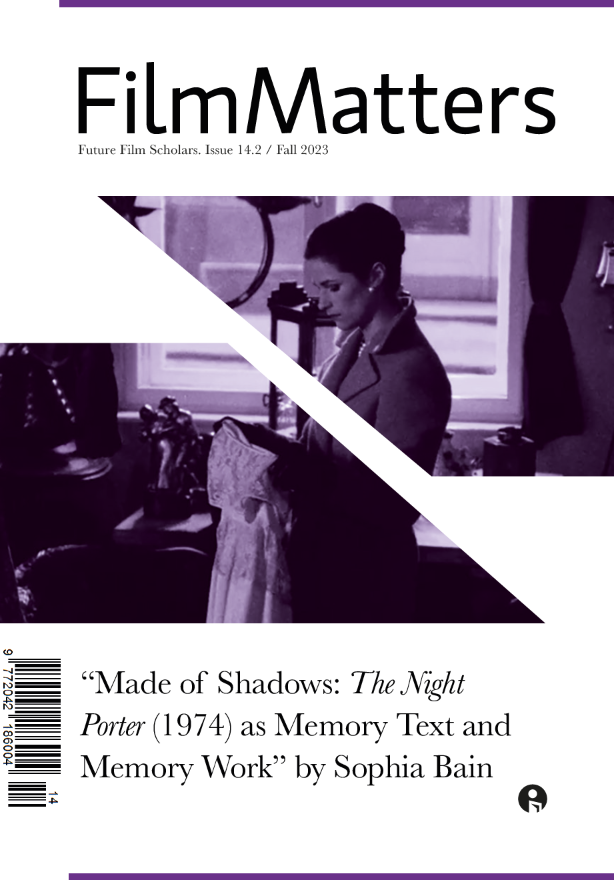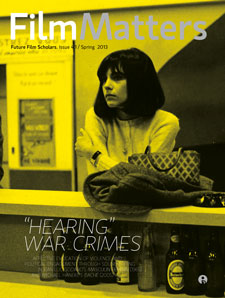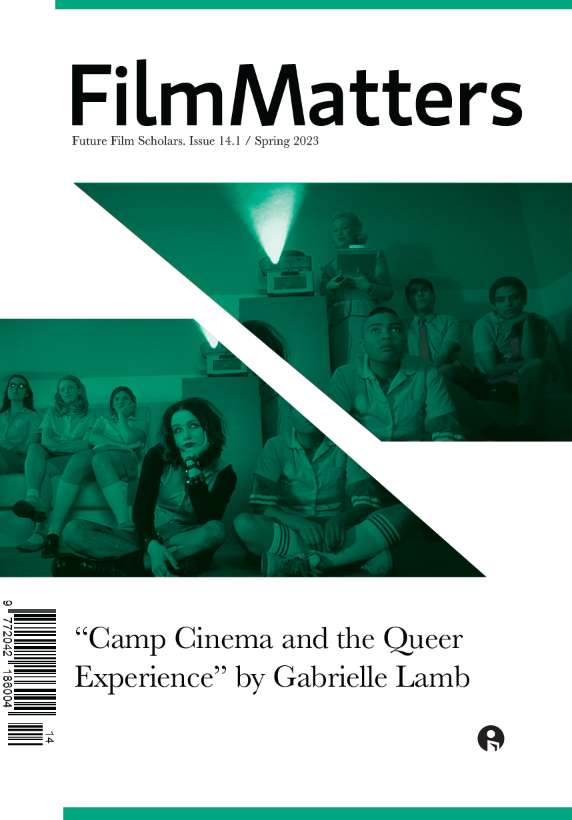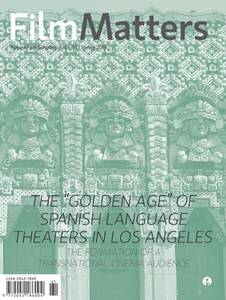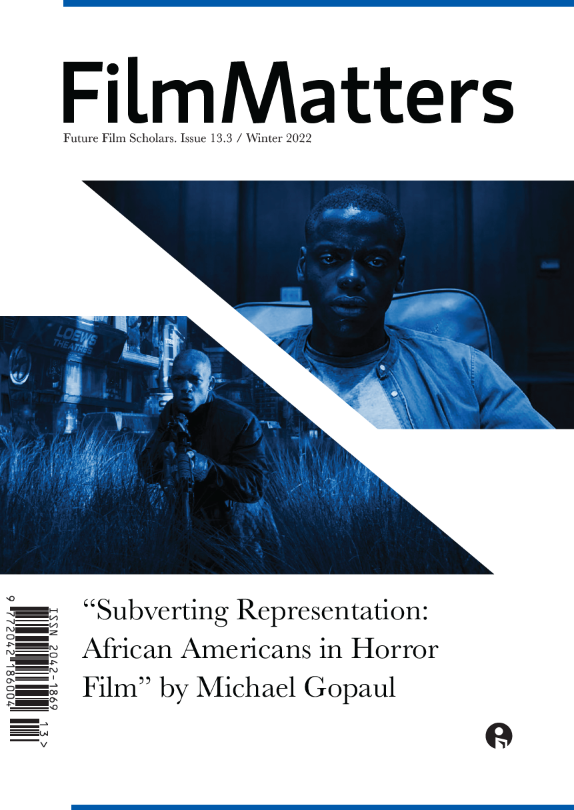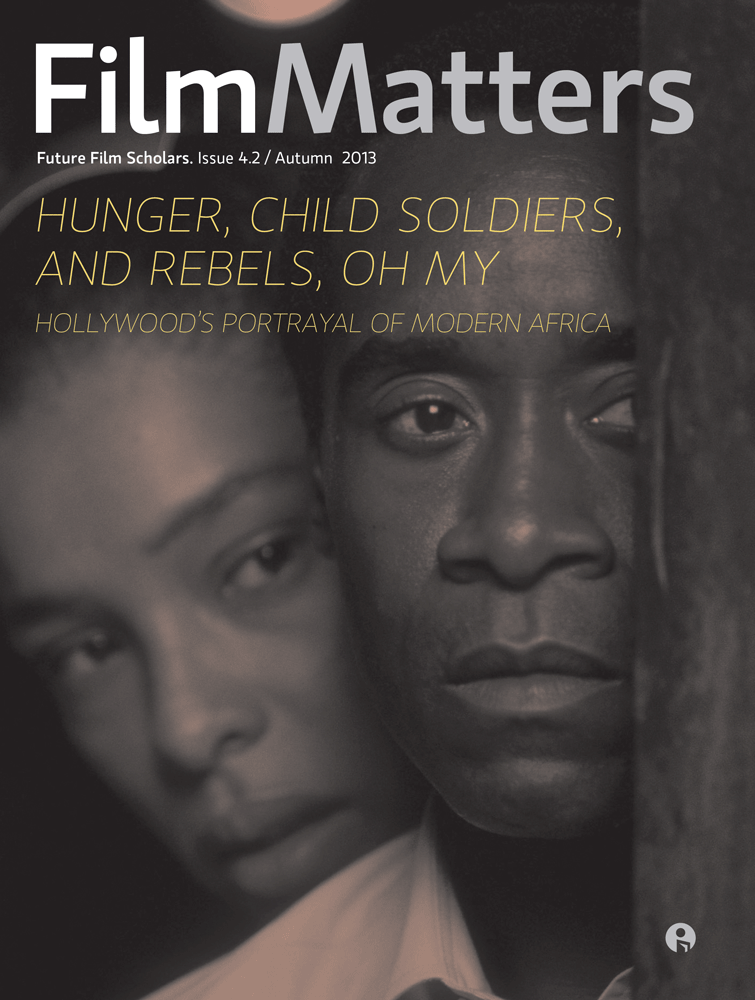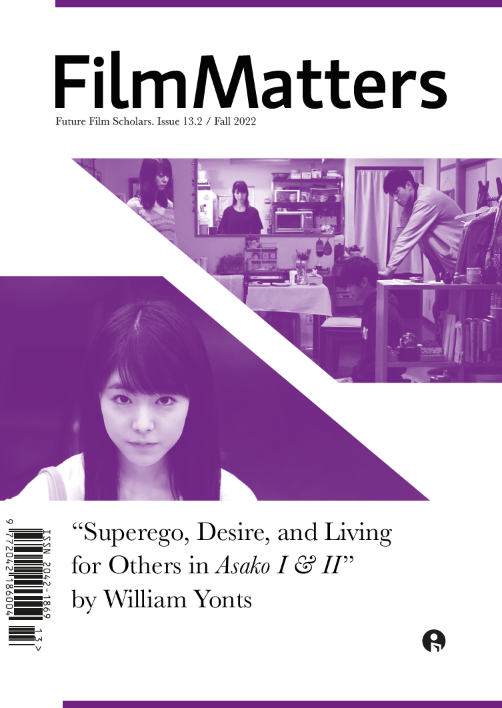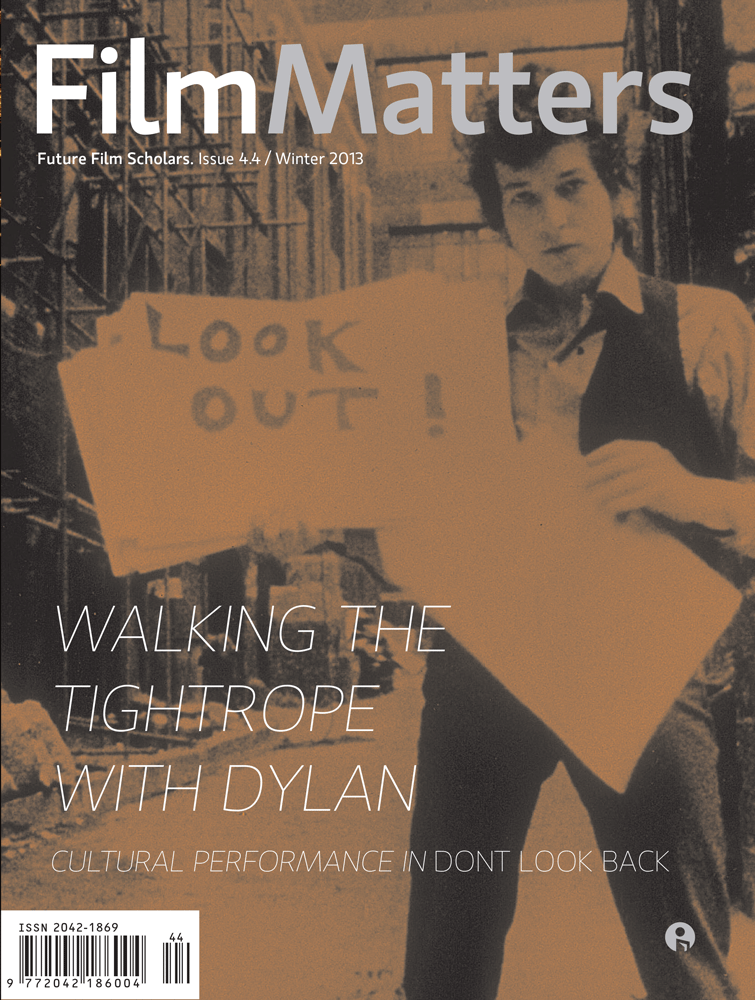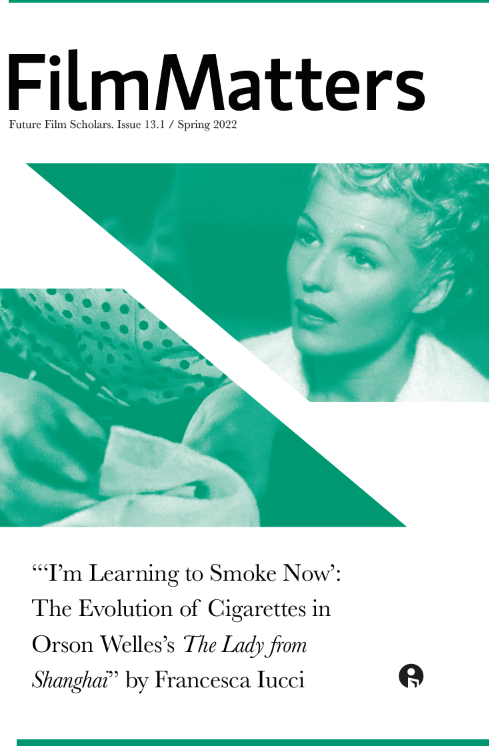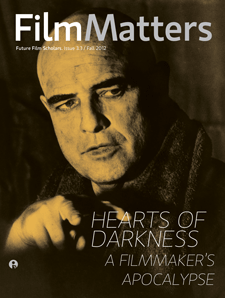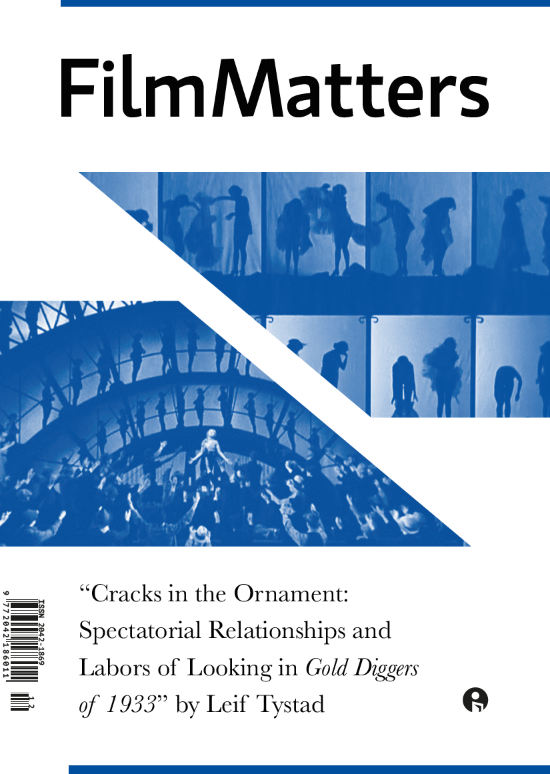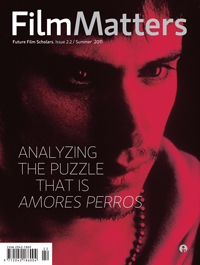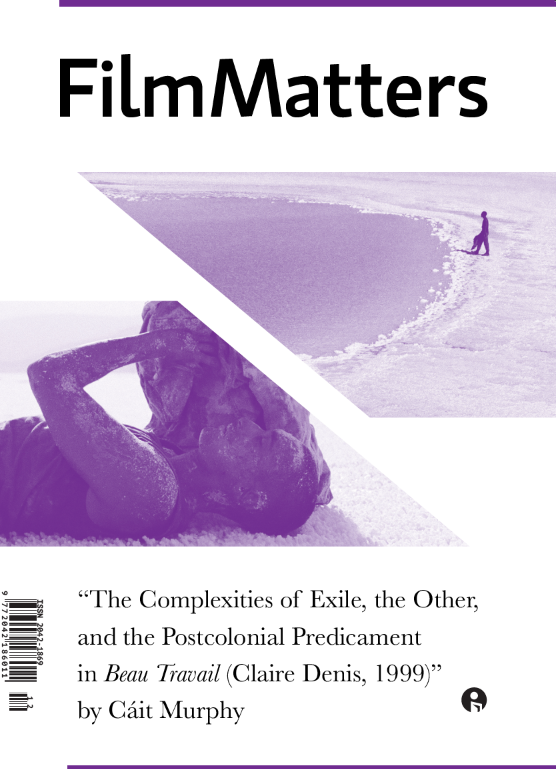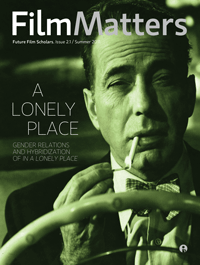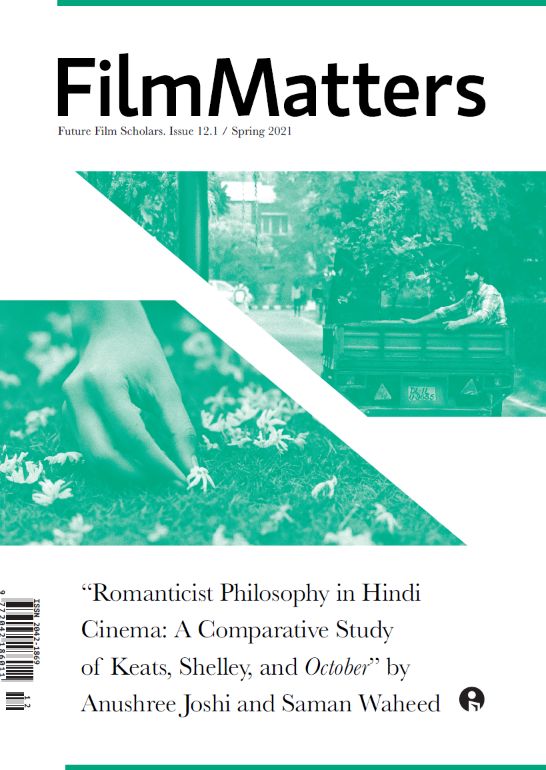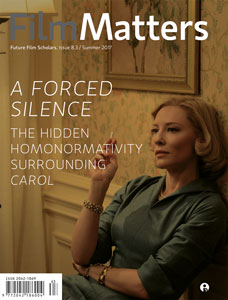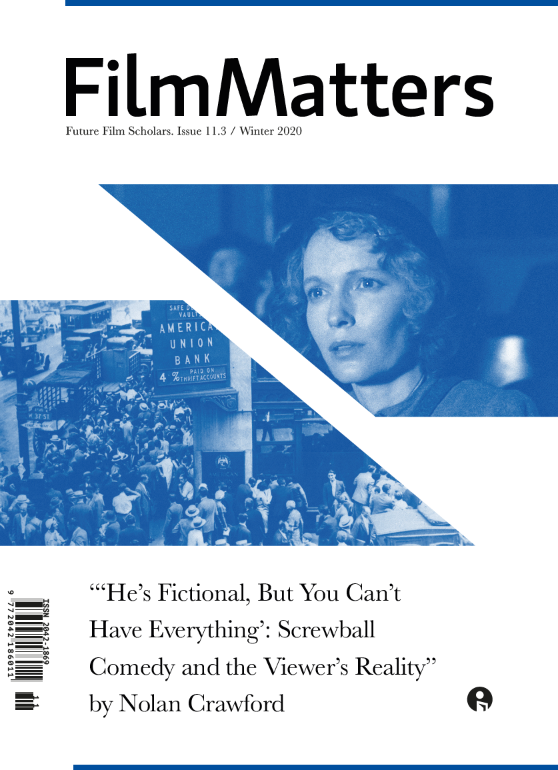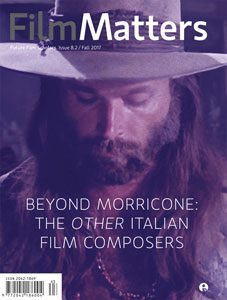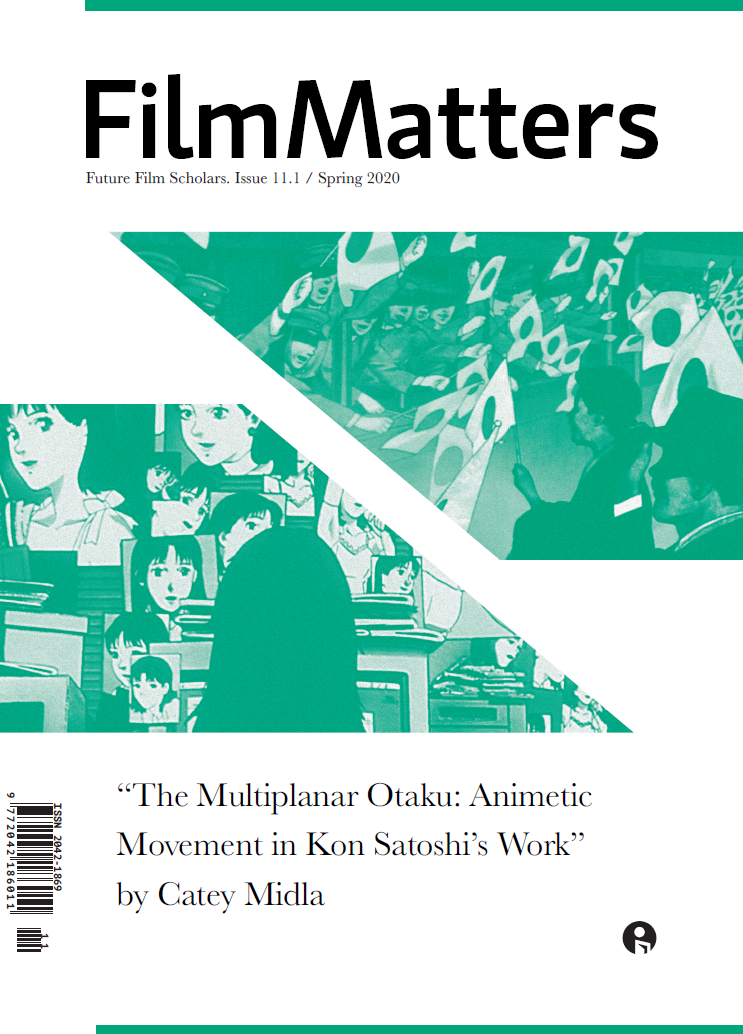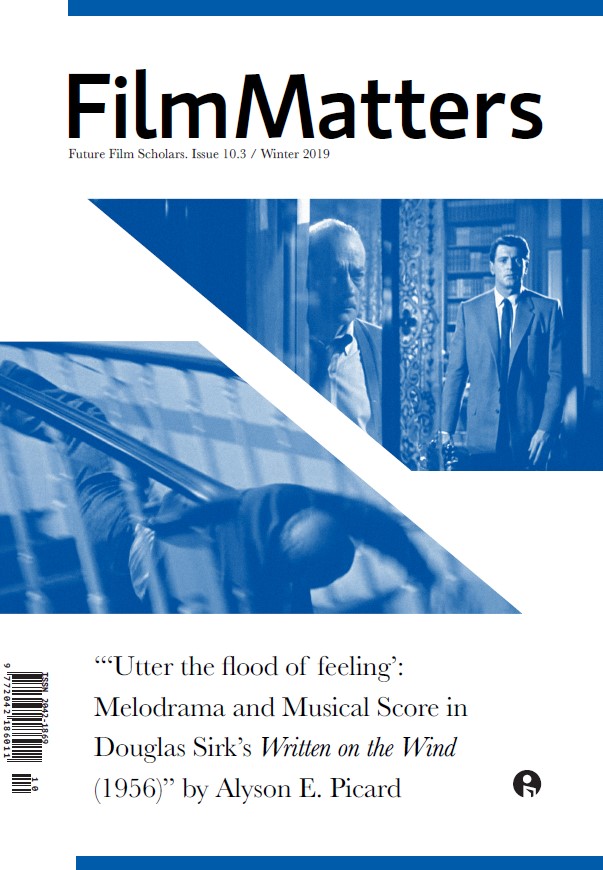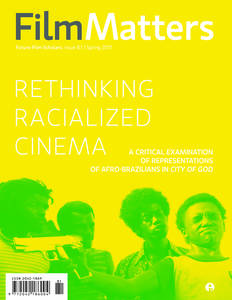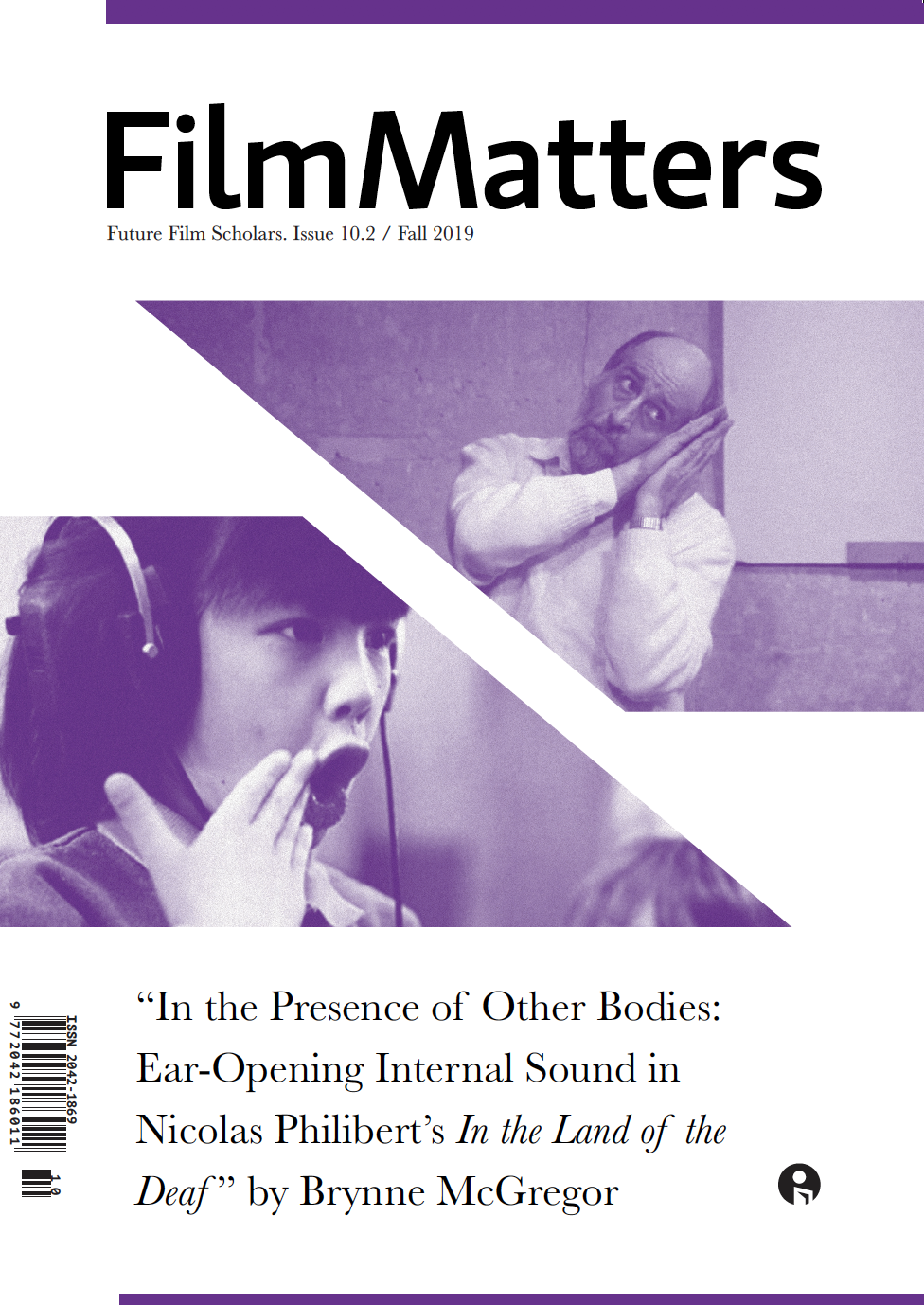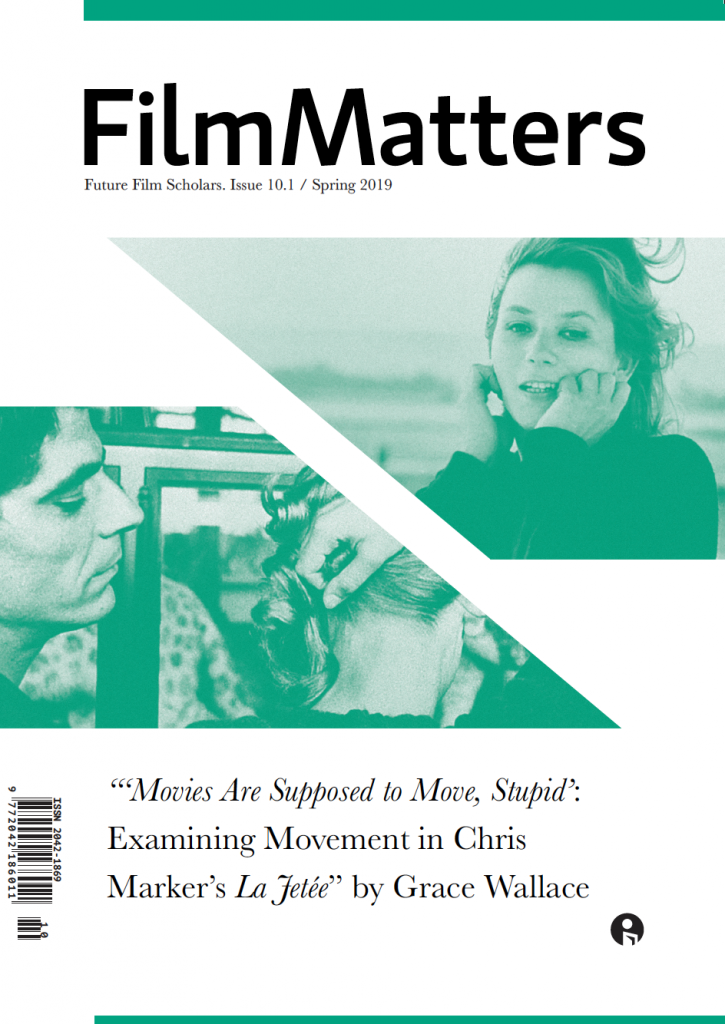Since its devastating Best Picture loss at the 2017 Oscars, having anything negative to say about La La Land is an opinion best kept quiet. Its fans love it passionately and emphasize its basis in nostalgia as a strong positive. Erika Balsom of Sight and Sound said simply, “La La Land remembers when movies were magical and fun” (Balsom). To detract from such an innocent spectacle may seem a bit harsh, cold-hearted even, but there are underlying issues with the film that deserve picking at.
La La Land is a very lovable movie on its surface. A tribute to Hollywood musicals with bright colors and uncut, full frame action—it couldn’t be any more wish-fulfilling for classic musical fans if it tried. While this taste of a bygone era is what makes the movie special, it’s also where I begin to take issue. Damien Chazelle indicates, through this homage-laden visual style and Sebastian (Ryan Gosling) as his mouthpiece, not just a preference for what came before, but a belief that their modes of presentation are inherently superior. Sebastian’s frankly elitist opinions on play like a thesis (whether about jazz, movies, or both) that Chazelle wants us to subscribe to, in the same way Seb tries to convince Mia (Emma Stone) to appreciate jazz when he first takes her to the club. Sebastian is shocked when Mia says she “hates jazz,” so he feels it’s his responsibility not only to convince her to like it, but convince her to like it his way.
The approach to this scene from an acting perspective makes Sebastian’s dedication feel harmless and even comedic. Gosling’s intensity against Stone’s nonchalant pushbacks is admittedly funny, but that humor covers the actual message the scene is sending. It’s fine for Sebastian to be passionate about sharing something he loves, but he does it in such a way that is backhanded against people who listen to (or even talk over) “Kenny G” or “elevator music,” as Mia describes it. He doesn’t seem to understand how to love something while allowing other levels of interest—or disinterest—to exist. It’s admirable for Sebastian to follow his dream, but his unwillingness to compromise in the name of saving jazz comes across as preachy and self-righteous. By refusing to outright disown that mentality, Chazelle appears to endorse it, creating the feeling that it’s positive to hold onto tradition and to combat change when it frightens you.
The plotline that best exemplifies this is when Sebastian joins up with Keith (John Legend), the leader of a progressive jazz band that uses scat vocals and a drum machine for a more modern sound. There’s, of course, the discussion of Sebastian being a white savior in his quest to save a traditionally black style of music, even pushing back against the only meaningful black character in the film to do so; Noah Gittell of The Guardian claimed in 2017, “It’s impossible to separate jazz from black history, and it’s downright foolish to do so in a film by, for and largely about white people.” (Gittell) While this line of questioning is valid on its own, it feeds into the larger criticism of Sebastian feeling pretentious and frustrating in his views.
During a practice session, Sebastian eyes his bandmates uncomfortably as they use their technology to make music he isn’t used to. At the end of their session, Keith gives just about the only line that challenges Sebastian’s perspective on his art: “How are you gonna be a revolutionary if you’re such a traditionalist?” It’s a valid question, and one the movie never really answers.
La La Land doesn’t necessarily paint his bandmates as villains (Keith is nice enough to Sebastian), but we’re meant to think of them as sellouts, who have given up on what jazz should be in order to attract listeners. By having him exit the group and end up successful down the line, Chazelle sends the message that Sebastian should be at least somewhat rewarded for his misplaced determination. Yes, he does lose Mia, but he succeeds in opening his own club where his values are of paramount importance. The melancholy of the romance is what’s essential to those final moments, but it masks the fact that all Sebastian’s backward thinking and pontificating paid off and led to him achieving his original goal without altering his views.
This very straightforward presentation of a problematic mindset makes Sebastian come across more like a writer insert who we’re supposed to root for, rather than a fully formed character who we’re fascinated by but can disagree with. If the movie weren’t so insistent on its nostalgic style, seeming to blend what Sebastian says about jazz with traditionalist notions about classic musicals, or if Sebastian learned to be more accepting of other styles of jazz, then I wouldn’t take such issue with it; but with these two aspects as they are, La La Land is difficult for me to support in its insistence that there is a right way to make art.
References
Balsom, Erika. “Upbeat Film of the Week: La La Land – A Modern Musical of Stardust and Blues.” BFI, 13 Jan. 2017, https://www.bfi.org.uk/sight-and-sound/reviews/upbeat-film-week-la-la-land-modern-musical-stardust-blues. Accessed 21 Apr. 2025.
Gittell, Noah. “The La La Land Backlash: Why Have Critics Turned on the Oscar Favorite?” The Guardian, 6 Feb. 2017, https://www.theguardian.com/film/2017/feb/06/la-la-land-criticism-race-gender-jazz-awards. Accessed 21 Apr. 2025.
Author Biography
Stephen Rini is a senior at Hofstra University. He is currently a Writing for the Screen major with a minor in English. While he has written and produced films both in and out of school, his main interests are in studying film history and reading classic literature.

